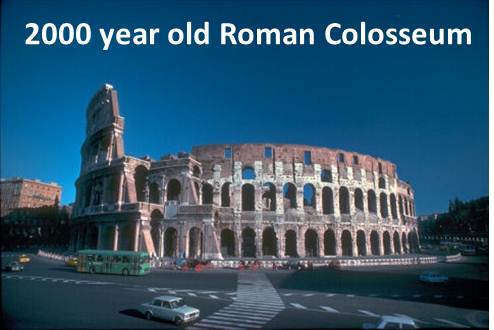Cement is a complex chemical glue. When mixed with water, and any other inert durable material such as: sand & stone, it will set as hard as rock and remain extremely durable to impact, heat, abrasion and weathering. Another interesting characteristic of cement, is that it does not require air to set hard. In fact, it will go hard under water or even in space provided sufficient moisture is available to react with the cement powder.
Cement is made primarily from limestone and is fired in a kiln at very high temperatures to create a material called clinker. The clinker is finely ground and mixed with small amounts of other minerals to form OPC (Ordinary Portland Cement).
The chemistry of the resulting cement determines its colour, strength, durability, and speed of setting. Australian Standards govern minimum standards for the manufacture and performance of various cement products.
SOME HISTORY
Modern OPC (Ordinary Portland Cement) was patented in 1874 by a fellow named John Aspdin. He named it after a limestone found in Portland because of its resemblance to cement. It continues to be called OPC today.
Off course, a form of cement has been used by modern humans dating back to as early as the Romans. Many structures constructed by the Romans continue to exist today because of their knowledge and skill with “cement like” materials – a testament to the long term durability of this material.
